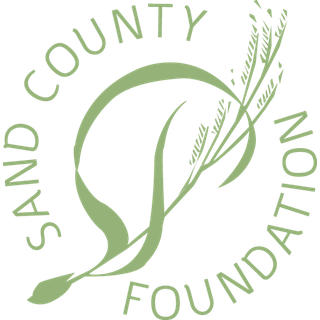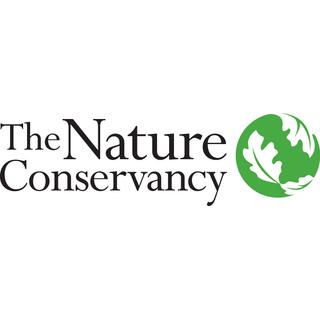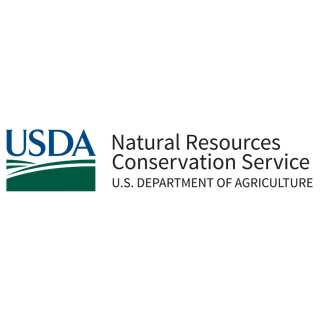For more than a century, farming and ranching atop an aquifer has provided unique benefits and challenges for the Bartholomay family.
They raise cattle and grow crops in the wet and sandy Sheyenne Delta of the Red River Valley; where a high water table provides favorable soil conditions even when the rest of North Dakota is suffering from drought. However, the water table’s proximity to the Bartholomay’s fields and pastures means they take extra precaution to prevent runoff that could pollute the aquifer below.
Bartholomay Kattle Kompany is a partnership formed in 2019 between Keith and Sandi Bartholomay, their son Karl and his wife Becca. Prior to that, Keith and his brother Kent owned K&K Bartholomay Farms, a continuation of the farm their parents Joe and Marian started.
The Bartholomays manage more than 4,000 acres of cropland, native range, river bottoms, and pastures at multiple locations. They grow corn, soybeans, oats, wheat, and sunflowers, and raise a herd of 280 cow-calf pairs.
For decades the Bartholomays have looked for ways to improve the resilience of their landscape and bottom line. Chief among them has been using no-till farming practices on most of their cropland to enhance the soil’s productivity and manage its moisture level. An increased amount of organic matter in the soil improves its ability to infiltrate water.
They interseed their cornfields with a cover crop mix of barley rye, triticale, turnips, radishes, kale, field peas, and crimson clover, to reduce erosion and improve soil health. Cover crops and crop residue are used for cattle grazing during the fall and winter, which recycles the nutrients from manure on their fields.
The management of nutrients and manure was key factor in the Bartholomays decision to construct a hoop barn. When their cattle are not out on pasture, they need a place to house them. An open feedlot would be too wet and muddy to manage run-off. The hoop barn’s design diverts rainwater and stores manure until it can be applied as fertilizer on cropland. The manure’s nutrient levels are tested so they know exactly what they are applying to their soil prior to seeding crops. This system has saved thousands in fertilizer expenses, and keeps sandy soils in place during times of high winds.
The Bartholomays employ a rotational grazing system in which their cows are split into four herds and rotated to fresh pasture every week to 10 days. All pastures receive at least 100 days of rest after being grazed. Grazing and the stomping of cattle hooves also help manage invasive Leafy spurge, Canada thistle, and Russian olive and cottonwood trees.
Miles of tree rows have been planted to provide cattle with protection from harsh weather conditions. The trees also refresh the air quality while serving as habitat and a food source for wildlife. The nearly 300 acres of restored tall grass prairie at Bartholomay Kattle Kompany has reestablished habitat for deer, fox, gamebirds, and beneficial insects and pollinators.
While the name on their farm sign has changed over time, the conservation ethic of its owners has not. Through innovation and persistence, the Bartholomays have adopted conservation practices that benefit the land, water, and wildlife on a unique North Dakota landscape.








